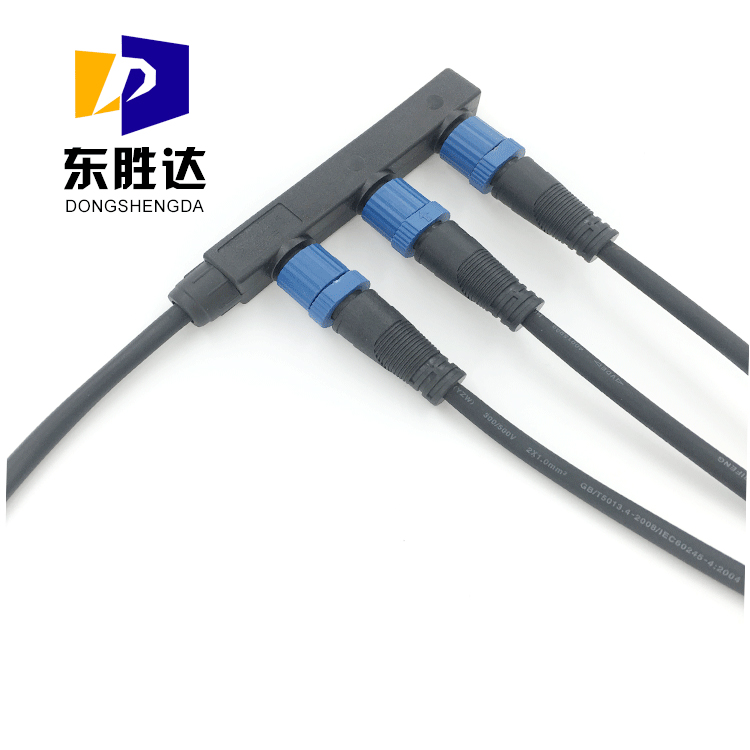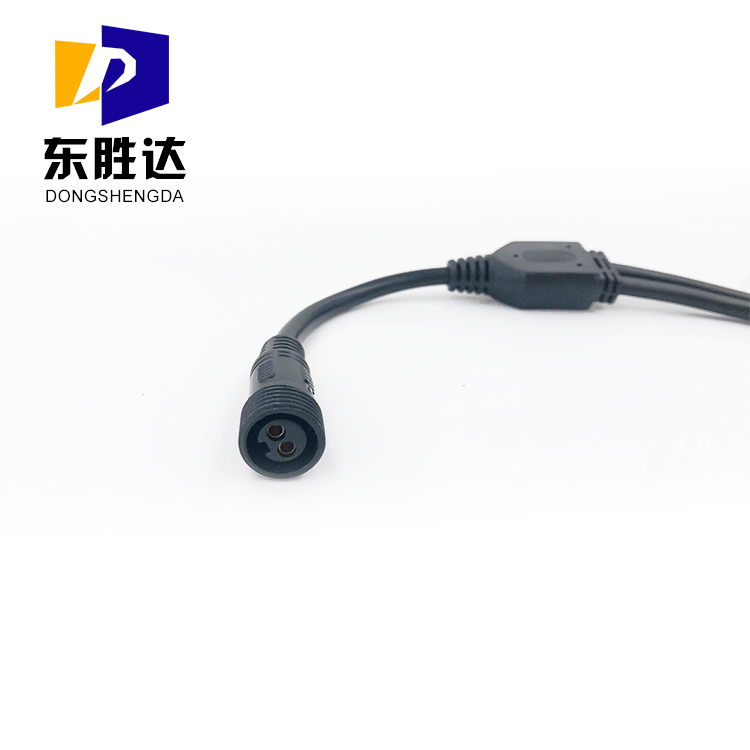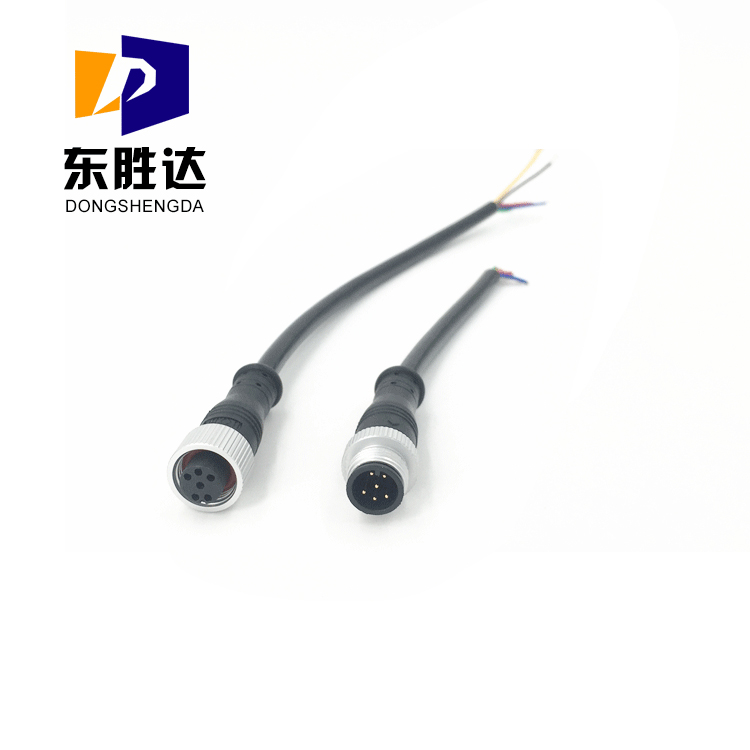
时间:2022-06-15| 作者:Admin
In the design process of electrical connectors, especially in the application of high-speed networks, many factors need to be considered. In order to design high-quality industrial waterproof plugs, in addition to assembling conductive wiring between two interconnections, connector designers should also consider other optimization design processes. In addition, it is also necessary to ensure correct Signal integrity, etching, tolerance, shielding, etc. The following six points are about the optimization of industrial waterproof plug design.
1. PCB termination options
Designers must also consider the importance of PCB termination options, including surface mount, crimping, and in hole welding (PIH). These options each have their own advantages and disadvantages, and the reason for the reliability of pressed in terminals is their durability. These strong connections are very secure with PCB connections, but they challenge the high-speed connections that users typically require, and high-density connectors make it difficult for signals to be routed outside the PCB. Because terminal styles typically require more layers in the PCB, they extend the signal path, generate higher frequency discontinuity, and may suppress signal speed.

2. Signal
The key to optimizing connections is to reduce signal loss. Once the bandwidth of the connection is determined, further research on the S parameter can be conducted to fully understand the properties of the connection. Collecting a comprehensive understanding of these aspects can help users understand the potential of high-speed connectivity. These S parameters are measurement standards used by manufacturers to divide connector speeds and should be highly valued. Attention should also be paid to the S parameter in the time domain, which measures the performance of the signal in relation to time.
3. Contact
When deciding which style to use in the system, it is necessary to consider the contacts in the mating connectors. Designers can make multiple choices when determining contact configuration, which is very similar to alternative termination options, each with its own advantages and disadvantages. The edge connector is a configuration that uses a narrow strip with a spring to guide the connection to the PCB, achieving higher continuity. However, impact and vibration pose a threat to the integrity of connections under pressure, and safety may require additional reinforcement.

4. Surface mounted terminals
The design of surface mount terminals is more sensitive to impedance matching, so designers can choose to directly connect to the PCB. Their internal connections in the circuit board are called "buried holes", which more effectively improve frequency response than crimping terminals. This method is more effective for high-frequency losses experienced in pressure fit options, but they are difficult to sustain and typically require additional installation hardware to establish safe industrial waterproof plugs provided by pressure fit alternatives.
5. Crimp connection
Crimp connections are more commonly used for connections under stresses that edge mounted connectors may not be able to withstand. They use a rod and spring design similar to edge mounted connectors, but provide additional functionality, which gives them advantages under high pressure. These connectors are very reliable as they allow for the connection of multiple contacts. The pin layout, spring and additional functions can achieve Tight junction and reduce the resistance of signal flow. Although the connection is tight, the length of the contacts may cause problems. Sometimes they exceed the length of edge mounted connectors and in some cases limit continuity.

6. Paste hole terminals
The adhesive hole terminal contains the features of the first two styles, while the PIH style uses electroplated pinholes to solder the contacts to the PCB, similar to a press fit. The obvious difference between these two styles lies in the pin length of the PIH type and the holes they use. The pins are much shorter, allowing drilling to reduce redundant short wires on the signal. Although signal stubs are related to the signal length on the transmission line, unfortunately, the density of these patterns hinders communication with PCBs.
The design concept when establishing high-speed connections is that they need to provide a smooth and powerful path for signals and interconnect appropriate industrial waterproof plugs to establish a link between two points. This idea may seem relatively simple, but its importance is still crucial.